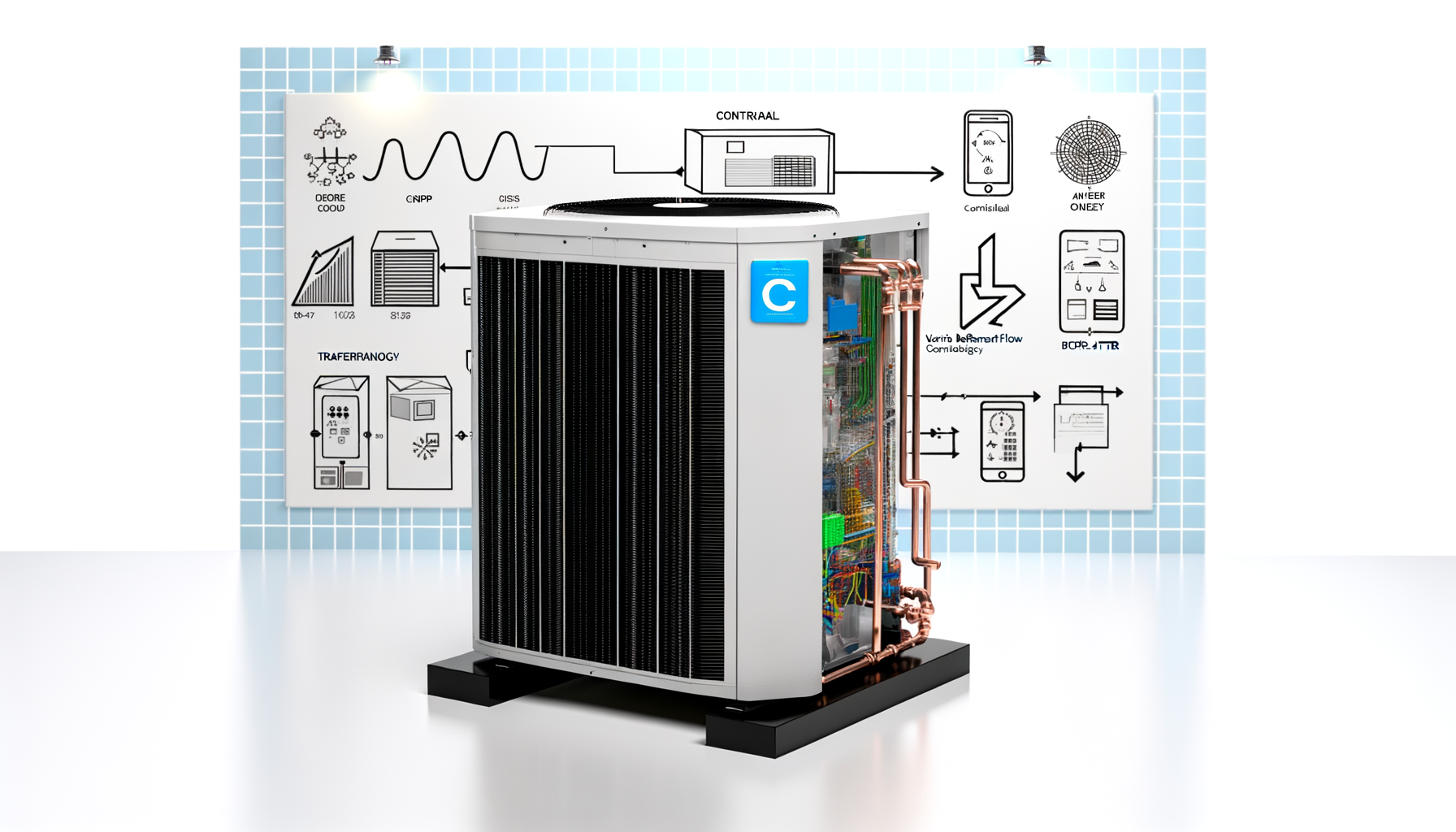The Transdermal Revolution: Transforming Home Healthcare Solutions

Strong 8k brings an ultra-HD IPTV experience to your living room and your pocket.
In today's fast-paced world, efficiency and convenience reign supreme, and nowhere is this more apparent than in the healthcare sector. Specifically, the demand for innovative medication management solutions is skyrocketing in the home healthcare industry. Central to this trend are transdermal patches, a simple yet highly effective tool for delivering medications directly through the skin.
Understanding Transdermal Patches
Transdermal patches, at their core, are medicated adhesive patches that deliver a precise dose of medication through the skin and into the bloodstream. These patches offer an alternative to traditional medication forms such as pills or injections, presenting a host of advantages, particularly for patients needing consistent dosages.
Their utility spans various medical conditions, from managing pain to combating chronic diseases like Parkinson’s or Alzheimer’s. As the healthcare landscape continues to evolve, transdermal patches are emerging as a frontrunner in the drive for efficient, patient-friendly solutions.
The Rise in Demand: Key Drivers
Several factors contribute to the burgeoning demand for transdermal patches within home healthcare:
1. The Aging Population: With advancing age, the prevalence of chronic diseases and the demand for healthcare services swell. Older patients often prefer non-invasive medication methods, making transdermal patches a sought-after choice. Their simplicity and ease of use align neatly with the needs of seniors, who may struggle with complex medication regimens or swallowing pills.
2. The Shift Toward Home-Based Care: The inclination towards receiving care in the comfort of one's home has gained momentum, particularly exacerbated by the recent global health crises. A broader acceptance of remote medical monitoring solutions increases the appeal of patches, allowing for reduced hospital visits and streamlined medication administration
3. Enhanced Patient Compliance: Traditional medication regimens can be cumbersome and error-prone, leading to non-compliance, which adversely impacts health outcomes. Transdermal patches simplify medication schedules significantly. Patients are less likely to miss doses or err in administration, fostering improved adherence.
4. Technological Advancements: Recent innovations in transdermal patch technology, including extended duration formulations and improved skin adhesion, have refined their efficacy and broadened their therapeutic applicability.
Exploring the Benefits
Transdermal patches offer a distinct set of benefits that have cemented their role in modern home healthcare:
1. Steady Drug Release: Patches offer controlled, continuous drug delivery, ensuring a consistent therapeutic dose over time. This minimizes fluctuations in blood drug concentrations, which can reduce side effects and improve treatment efficacy.
2. Non-Invasive and User-Friendly: They eliminate the need for injections, reducing pain, and potential infection risks. For many patients, an easy-to-apply patch is also less daunting than frequent pill-taking, enhancing overall user experience.
3. Reduced Gastrointestinal Impact: Oral medications sometimes irritate or harm the digestive tract. Transdermal administration sidesteps the gastrointestinal system entirely, mitigating risks related to digestive discomfort or interactions with food.
4. Alternative for Specific Patient Groups: For those unable to take oral medications due to dysphagia, nausea, or heavy sedative side effects patches offer a viable alternative that doesn't compromise therapeutic effectiveness.
Incorporating Transdermal Patches in Home Care
For healthcare providers and caregivers, implementing a patch-based medication strategy involves:
1. Patient Education: Educating users about correct application practices, potential skin reactions, and ensuring adherence to schedules is vital for successful implementation.
2. Tailored Solutions: Each patient's condition and needs should dictate the choice of patch. Circulation, skin type, and physical activity levels may impact absorption rates, requiring specialized solutions for optimal results.
3. Monitoring and Feedback: Stakeholders must engage in ongoing monitoring and feedback mechanisms to track efficacy, address side effects promptly, and adjust treatments as necessary.
The Road Ahead
Transdermal patches, armed with continuous advancements and growing acceptance, are set to revolutionize home-based healthcare. The focus will likely pivot further towards patches with improved drug species diversity, longer wear durations, and adaptive technologies such as Bluetooth-enabled compliance monitoring, which could well become the cornerstone of patient-focused care.
Enthusiasm for transdermal patches is more than a fleeting trend; it signifies a substantial shift towards smarter, patient-centric healthcare solutions. As both technological prowess and patient awareness grow, the adoption of patches is poised to take center stage in the relentless quest for advanced, effective home healthcare solutions.
Read More @ https://www.360iresearch.com/library/intelligence/transdermal-patches
SOURCE -- @360iResearch
Note: IndiBlogHub features both user-submitted and editorial content. We do not verify third-party contributions. Read our Disclaimer and Privacy Policyfor details.







